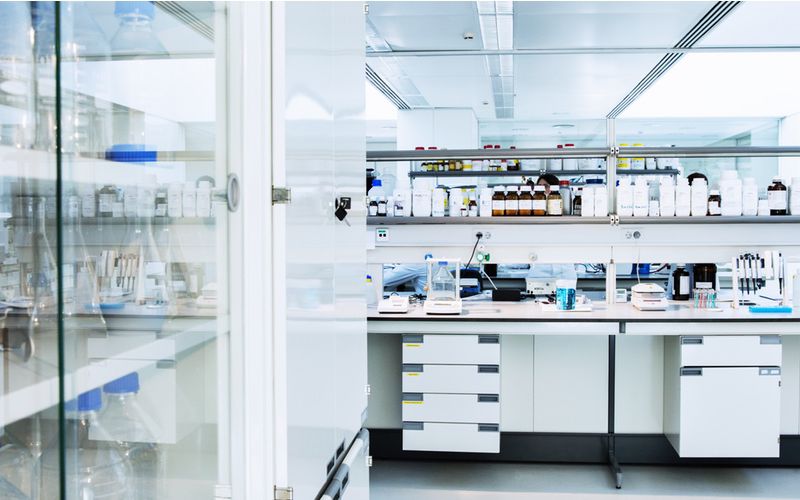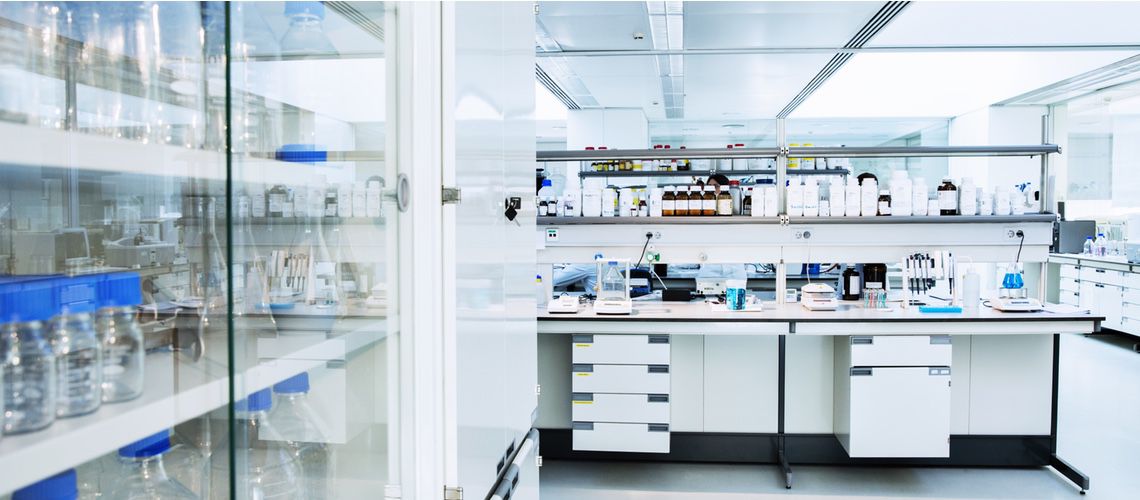5 Ways to Improve Inventory Management at Your Water Lab


Proper inventory management in a water testing lab is a delicate balance. On one hand, you don't want to be caught without sufficient testing supplies or reagents. On the other hand, it's expensive to store more than you need, especially when materials expire or hazardous ones must be disposed of properly.
So how can water testing labs of all sizes improve their stocking and reordering processes? Beyond addressing quantities, your process should also streamline your lab, making it easy to track, locate, and organize materials efficiently. The key is to adopt a comprehensive approach, looking at what you currently have, where business is headed, and what sorting systems work for you.
1. Assess Your Current Inventory
First things first: You need to get a baseline on the supplies and materials you already have. Whether you're using paper, spreadsheets, or a laboratory information management system, you'll want to record the following.
- Item names and numbers
- Lot numbers
- Suppliers
- Quantities
- Expiration dates
As you go through the process, take note of what is and isn't working. For instance, which reagents are close to expiration? Which supplies do you constantly reorder? Are any commonly used items difficult to access? All of this information will help you develop a more efficient system.
2. Study Your Customer Base and Predict Ordering Trends
To have the right amount of testing supplies available at any given time, it's critical to understand your customer base. And if a particular customer segment is growing, you'll want to order more of the tests they routinely need. For instance, if you're working with increasing numbers of hospitals, you'll want to make sure to increase your supply of Pseudomonas aeruginosa tests. Similarly, if you want to break into a new customer market, you'll need to be proactive to ensure you're equipped to deliver the services they'll be looking for.
Seasonality is another aspect to consider. You may need to keep more Legionella pneumophila tests on hand during summer and early fall, for example, when the Centers for Disease Control and Prevention reports spikes of the disease caused by this pathogen and when cooling towers are most likely to be tested.
3. Determine Optimum Stock Levels
In many labs, space is at a premium, with supplies and reagents competing for real estate with analytical equipment and work stations. To make the most of your space, you'll need to determine minimum and maximum stock levels for each item.
Your minimum stock level is the point where you order more from the supplier. Lead time is critical here. For instance, if you use five of a specific test daily and it takes the supplier two days to get them to you, you'll need to keep a minimum of 10 on hand to avoid running out (in fact, you'll probably want to keep more than the absolute minimum).
Maximum stock level is also important. While buying in bulk can often get you access to pricing discounts, water lab managers should consider the cost to store excess materials — and to dispose of them if necessary. Having a lot of a particular reagent isn't much help if you won't use it before it expires. It would be like buying a ten-gallon carton of milk, then having to find space for it in your fridge, then needing to gulp it down before it goes bad.
4. Organize Your Stockroom
Stockroom organization is another important area to focus on. No matter the size of your lab, you should organize your materials in a way that's easy for your employees to find them. Materials used daily should be easily accessible, while items used less frequently should live away from high-traffic areas. When dividing materials across different storage areas, consider how you can keep them closest to their point of use.
Take this opportunity to also make sure your testing supplies are stored properly, with the proper light and temperature levels. This can be especially critical for microbiological water quality tests.
Also, review your lab's safety manual and any compliance requirements regarding storage and make any necessary adjustments — you don't want to get docked on an audit for improper storage. Throughout this organization process, you'll want to update maps to indicate the new location of all your lab's supplies and distribute them to your team.
5. Create a Tracking System
Labs use a variety of methods for reordering systems, the most basic of which are paper charts and whiteboards. This approach only works if lab employees are diligent about writing down materials that need to be reordered — a big "if" in many organizations, though it can work for some.
Some other methods for reordering that are worth considering include:
- Spreadsheets: A step up from paper charts, simple spreadsheets can help your water lab track supplies and order more. You can adapt your original stock chart for the purpose, adding columns for order date, purchase order, and other tracking information.
- Visual management process: Place reorder cards in your supply bins in front of the minimum stock quantity to trigger replacement of items that are running low.
- Bar code scanner: An inexpensive bar code scanning system can help you easily track items and when you need to reorder them.
- Software: Free and paid solutions exist to help labs automate supply tracking and reordering.
Whether your lab is large or small, inventory management is a fundamental process where even modest improvements can substantially impact performance. Proactive strategies like examining your customer data, organizing your supplies, and developing reliable tracking systems can keep your stock at optimum levels, so you never have too little nor too much on hand.
